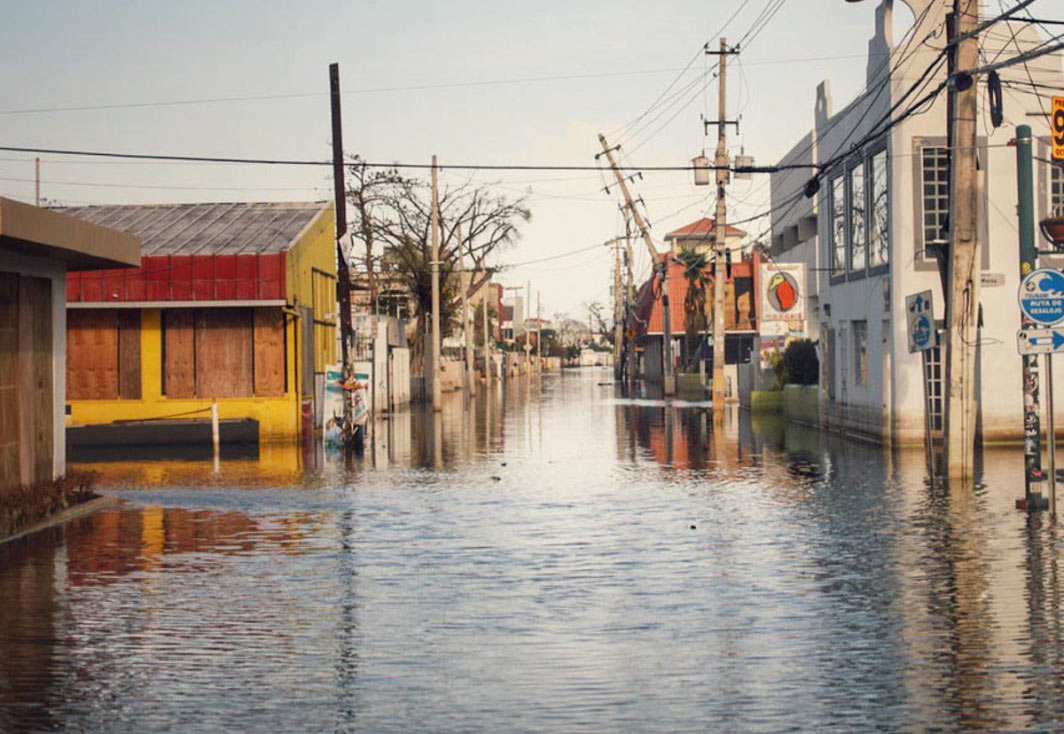
Storm surge can create some of the most dangerous and destructive flooding during a hurricane or tropical storm. This type of flooding can inflict massive damage. Powerful storms, like category 4 or 5 hurricanes, produce extreme damage with rising water levels in coastal areas. Sadly, this also contributes to loss of life, making it one of the most deadly aspects of these storms. The following storm surge questions and answers will help to explain this type of flooding and what makes it so deadly and destructive.
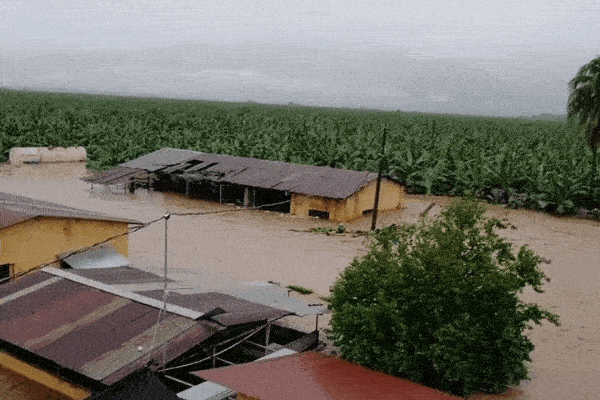
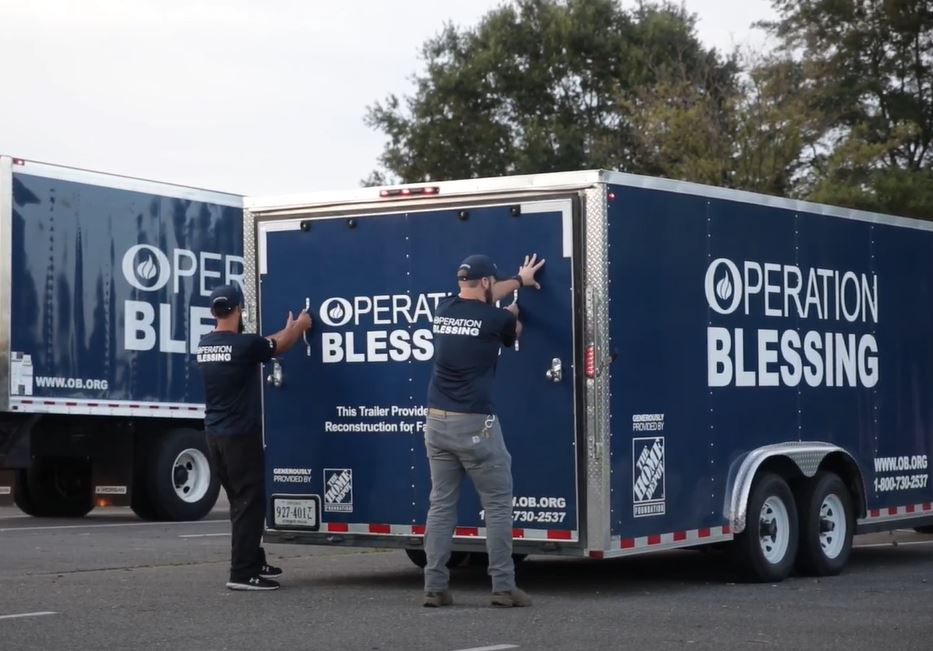
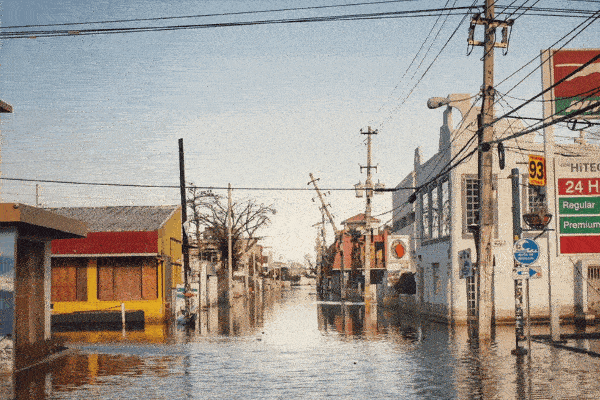
- What Is Storm Surge?
According to the National Weather Service storm surge is “the abnormal rise of water generated by a storm over and above the predicted astronomical tide” (US Department Of Commerce). The low atmospheric pressure that accompanies a powerful cyclones causes a “dome” of water to rise underneath the storm, which can come ashore when the storm makes landfall. The storm’s strong winds can also push the water further inland. This can be further complicated when the tide comes in as it also increases the water level along the coast. The result can be intense flooding, sometimes with disastrous results. It can overflow a coast with as much as 20 feet of water. This type of flooding, in many cases, has proven deadly.
- What is hurricane storm surge?
Hurricanes bring strong winds and heavy precipitation. The wind from hurricanes can push waves inland. Once the water level rises these waves can quickly begin pummeling homes, buildings, and other structures along the shore area. They can do untold damage. Even after the storm ends the affected areas can remain flooded for days.
- What are some other factors of storm surge?
There are a number of factors which influence storm surge and contribute to the size and damage of this phenomenon. These have a direct impact on how much flood damage a hurricane will bring to a coastal area. They include:
Wind Speed
Wind speed is a major determinant in storm surge. In a storm, wind can create intense waves and do untold damage as they strike coastal areas. Additionally strong winds “cause water to pileup as it approaches the shoreline”(US). Left with nowhere to go, the water begins to accumulate upward and overflows the normally safe areas of a coast.
Tides
The tides, often referred to as storm tides, can play a big part of how large a surge can rise. As tides flow in, water levels along the coast rise. This added to the water from an oncoming storm increases the height of the water.
Storm Speed And Direction
The speed of a storm can also affect the surge. A higher speed storm can bring about flooding on an “open coast” while a “slower more deliberate storm can bring more flooding inland including bays and estuaries” (US Department Of Commerce). Direction also plays a factor. A direct path of a storm can cause more flooding than one that makes landfall at an “oblique angle” (“What Causes Storm Surge? | UCAR Center for Science Education”).
Scale
A strong storm can create massive damage. From powerful winds bringing huge waves and displacing water, to masses of precipitation, a powerful storm can invade any coastal shoreline with devastating results.
Geographic Considerations
Geography plays a big part in how a storm surge will impact a coastline. The shape of coastlines and their features play a role in the severity of the surge. “Concavity of coastlines, bays, rivers, headlands” and other geographic features can also intensify storm surge (Commerce). The shape of the continental shelf proceeding a coastline can make it easier or harder for water to overflow. An escalating graduated shelf creates a much easier route for wind and water to flow over onto land.
- What is Difference Between Storm Surge And Storm Tide?
Due to the similarity in the name, it might be easy to confuse the terms storm surge and storm tide. Regardless of whether a storm comes, the tides move on a set, lunar-driven schedule. The term storm tide refers to times when the tides are coming in tandem with the massive amount of water brought by a storm. It is the combination of the storm tide and storm surge that can inflict a huge amount of destruction as the joint forces push water onto land.
- What Role Does The National Hurricane Center Have In Predicting and Monitoring Storm Surge?
The National Hurricane Center, which is part of NOAA, has a storm surge unit. This group of highly educated and experienced weather professionals is there to provide critical information about surge by:
- Offering reliable forecasting of storm surge from tropical disturbances
- Accurately mapping areas susceptible to storm flooding danger
- Providing education and information about this weather phenomena
- How Does The Storm Surge Unit Of The National Hurricane Center Predict Storm Surge?
The Storm Unit uses a specialized software program to predict the impact of this specialized category of flooding. This model is named SLOSH which stands for Sea, Lake, and Overland Surges from Hurricanes (US Department of Commerce, National Oceanic and Atmospheric Administration). This helps us see areas that are highly likely to face dangerous flooding in a coastal storm or tropical disturbance. They also provide information to other weather and emergency service organizations. This information helps them to make their computations and preparations for oncoming storms and flooding.
- How Powerful Is Storm Surge?
Storm flooding can cause destruction and death in a number of ways. Sea rise levels and have been recorded at over 20 feet (jr). This kind of flooding can overtake houses, cars, and make roads impassable. The energy produced by waves is another critical factor. As water levels rise, powerful waves can batter anything in their path as they move inland. The combination of powerful waves and staggering water levels can cause major destruction, as well as threaten lives.
- How Deadly Is Storm Surge?
There is no question that victims are more likely to succumb to the effects of flooding during a hurricane than any other threat. Storm surge has claimed thousands of lives. An example of just how deadly this can be is Hurricane Katrina. According to the National Hurricane Center, “At least 1500 persons lost their lives during Katrina and many of those deaths occurred directly, or indirectly, as a result of storm surge” (Storm Surge Overview).
Though Katrina was one of the deadliest storms in American history, many coastal storms have the potential to flood inland. This is especially true with category 4 and 5 storms which devastate whole communities. Many, if not most, of the fatalities, can be attributed to the dangerous water level increases.
When The Storm Hits Will You Help Us Bring Hope To The Hurting?
These storm surge questions just scratch the surface of the damage and destruction this type of storm flooding can do. Powerful storms bring untold misery and loss to many of victims every year. Operation Blessing partners stand ready to help when storms destroy homes and devastate communities. None of that is possible without you. When a storm strikes, consider helping disaster victims in need. There are a number of ways you can help including:
- Donations of any amount to provide food, water, supplies, and other assistance for victims in dire need of hope and help.
- Share this and related articles with your friends and family.
- Create a simple personalized fundraiser using our fundraising platform to inspire friends and family to support this vital cause.
Thank you and GOD Bless!
Works Cited
“Hurricane Michael Brought Water Levels over 20’ High to the Coast.” www.wunderground.com, www.wunderground.com/cat6/Hurricane-Michael-Brought-Water-Levels-Over-20-High-Coast.
Jr, Anthony C. Didlake. “What Is a Hurricane Storm Surge, and Why Is It so Dangerous?” The Conversation, theconversation.com/what-is-a-hurricane-storm-surge-and-why-is-it-so-dangerous-145369.
“More Wet and Slow Hurricanes Mean More Inland Flooding.” AIRWorldwide, www.air-worldwide.com/blog/posts/2020/10/more-wet-and-slow-hurricanes-mean-more-inland-flooding/. Accessed 24 June 2021.
“National Hurricane Center Storm Surge Map.” WNCT, 13 Sept. 2018, www.wnct.com/weather/national-hurricane-center-storm-surge-map/. Accessed 22 June 2021.
Society, National Geographic. “Storm Surge.” National Geographic Society, 21 Jan. 2011, www.nationalgeographic.org/encyclopedia/storm-surge/.
Spear, Kevin. “Hurricane Season 2021: What Is Storm Surge?” Orlandosentinel.com, www.orlandosentinel.com/weather/hurricane/os-ne-hg-what-is-hurricane-storm-surge-20210528-iy4zecix2nf3nj5bb22tb34qjm-story.html. Accessed 22 June 2021.
Storm Surge Can Be Deadly! .
“Storm Surge Overview.” Noaa.gov, 2010, www.nhc.noaa.gov/surge/.
“Storm Surge Unit.” Www.nhc.noaa.gov, www.nhc.noaa.gov/surge/ssu.php.
US. “About Storm Surge.” Weather.gov, 2019, www.weather.gov/mdl/stormsurge_about.
US Department of Commerce, National Oceanic and Atmospheric Administration. “What Is Storm Surge?” Noaa.gov, 2019, oceanservice.noaa.gov/facts/stormsurge-stormtide.html.
US Department of Commerce, NOAA. “Storm Surge FAQ.” Www.weather.gov, www.weather.gov/mdl/stormsurge_faq. Accessed 22 June 2021.
“What Causes Storm Surge? | UCAR Center for Science Education.” Scied.ucar.edu, scied.ucar.edu/learning-zone/storms/what-causes-storm-surge.
“Why Hurricane Storm Surges Are so Dangerous.” Environment, 27 Aug. 2020, www.nationalgeographic.com/environment/article/storm-surges.
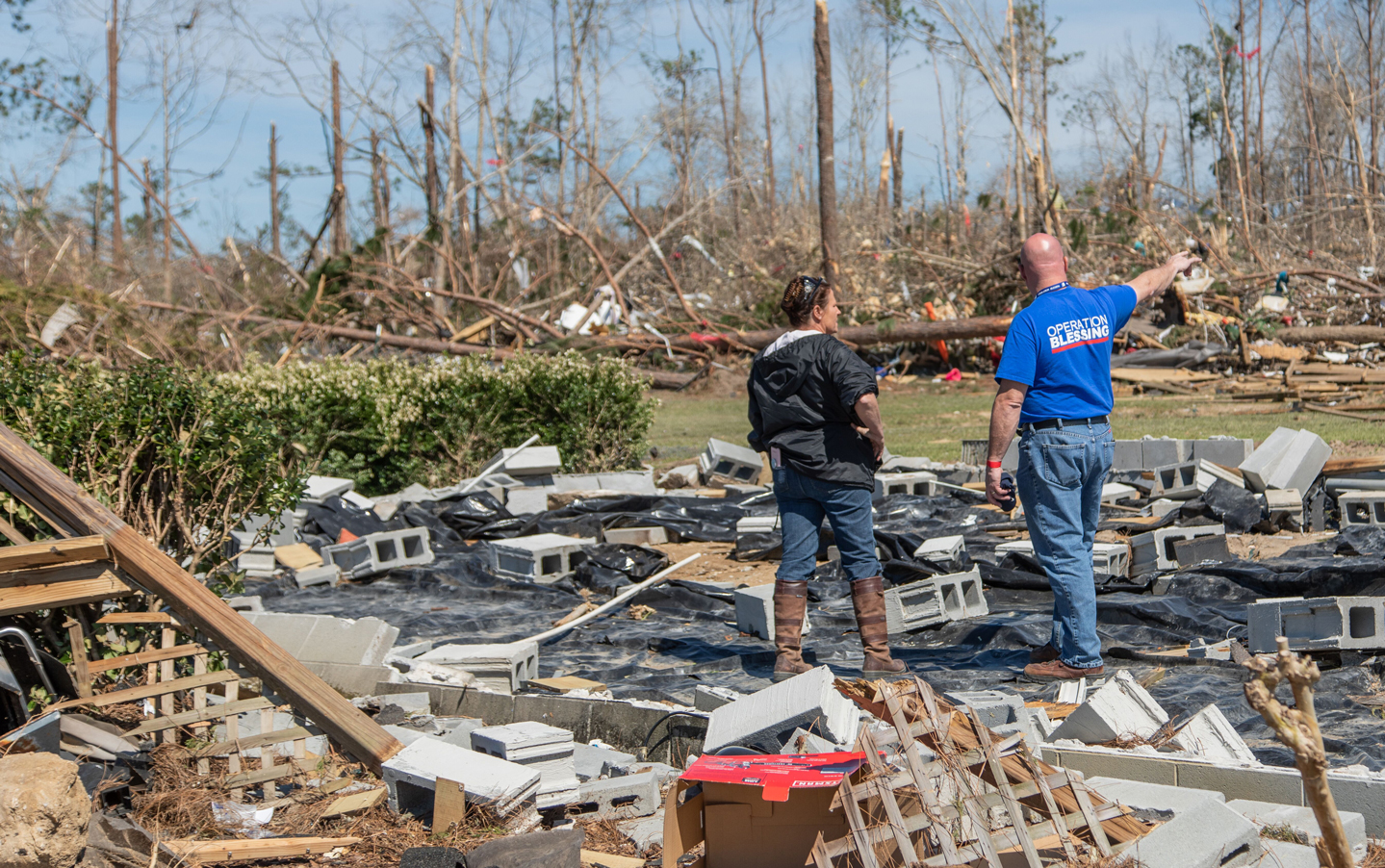

A mission you can believe in. A charity you can trust.